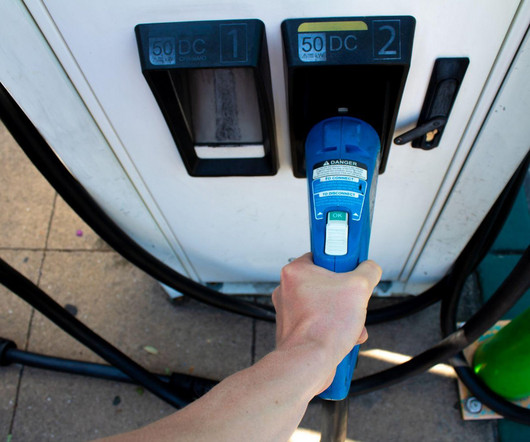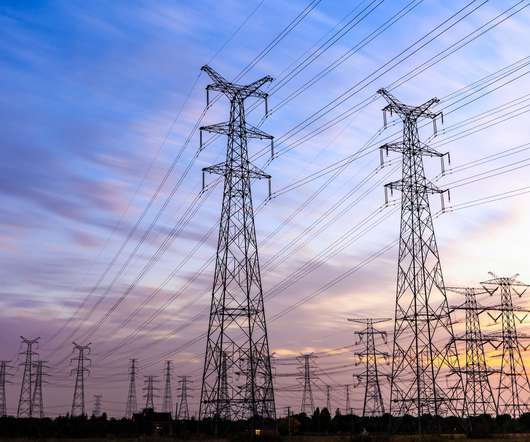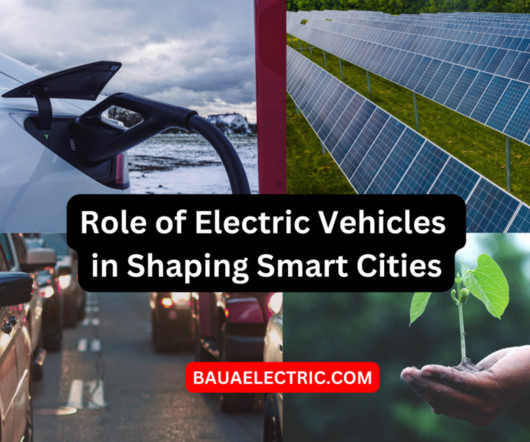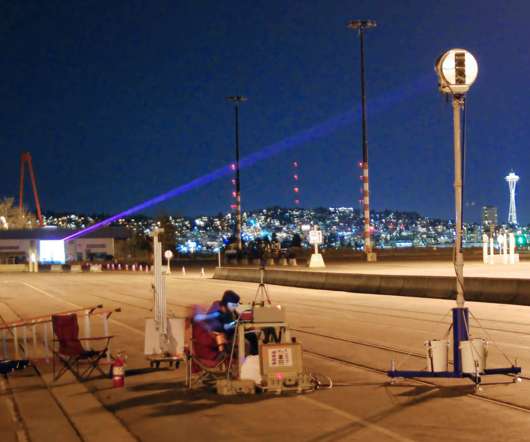SoCalGas & UC Irvine show power-to-gas technology able to boost use of intermittent renewable energy significantly
Green Car Congress
MARCH 31, 2017
Instead, the excess electricity can be used to make hydrogen that can be integrated into existing natural gas pipeline infrastructure and stored for later use. The Southern California Gas Company system alone is made up of over 100,000 miles of pipeline. Power-to-gas systems are currently in place in Germany and Canada.





















Let's personalize your content